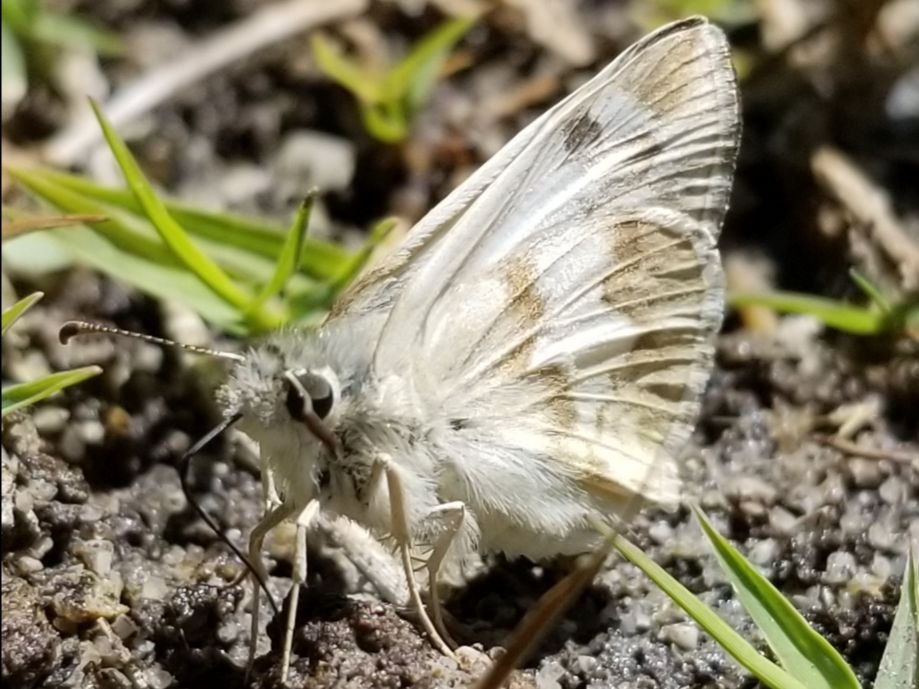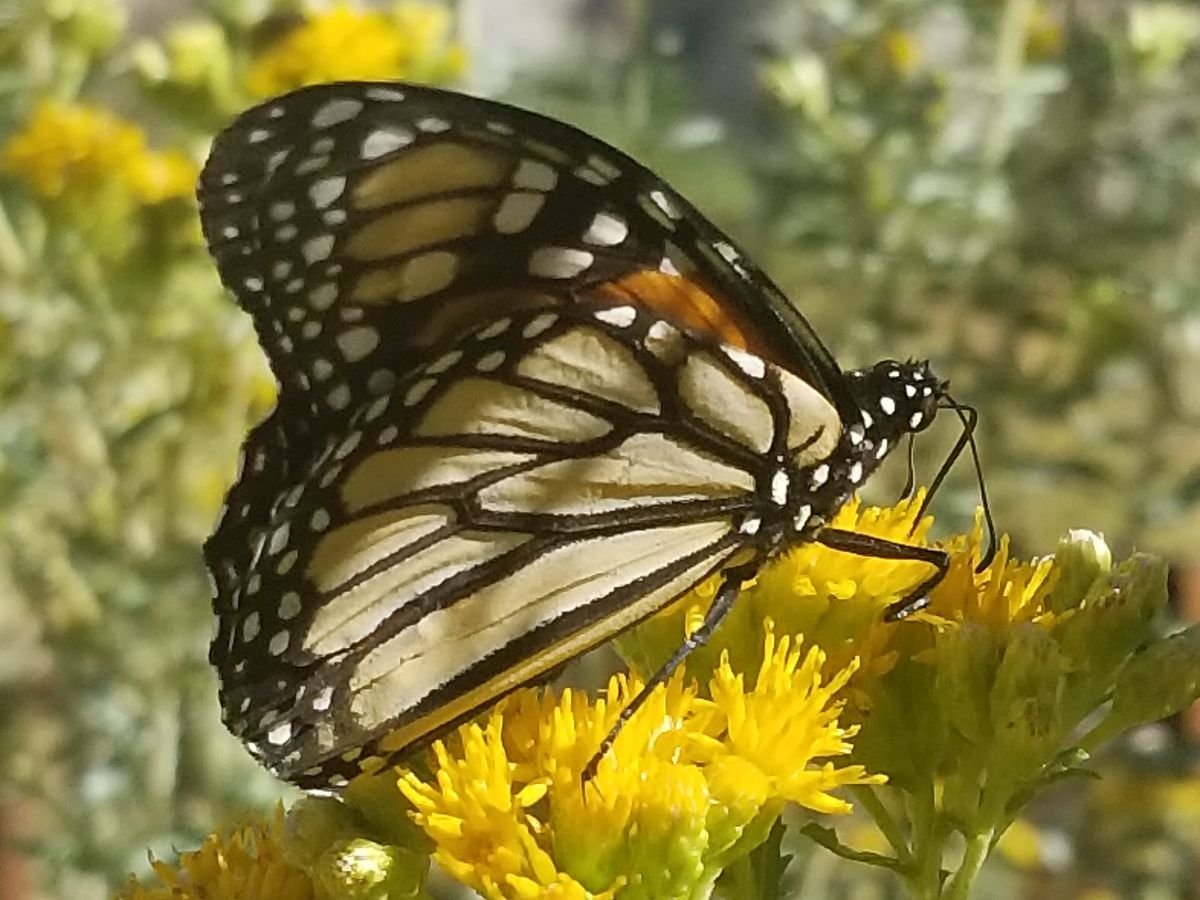Get Outside for Some Butterflies!
Have you ever wondered why you feel happier, and more balanced when you spend some time outside? It’s a well-known fact that being outside can benefit our overall health. Taking daily walks can make us feel happy, help reduce our stress levels, improve our relationships, and even boost our immune system to help us fight viruses. Being outdoors triggers our curiosities and as we begin to ask questions about nature and wildlife, we ultimately seek more outdoor adventures.
A great way to get outside, indulge our curiosity, and enjoy the benefits of nature is to search for butterflies! Observing butterflies can be a very relaxing activity to do on your own or with family and friends. At Whitewater Preserve, butterflies are a year-round visitor, and come in a myriad of shapes, sizes and colors. There are many different species of butterflies in the area, but at this time of the year you are most likely to see Painted Ladies, Sulphurs, and some Monarch butterflies hanging out near trailheads on blooming plants and shrubs all along our trail system. On a warm sunny day you're sure to see at least one butterfly fluttering around while out on a walk.
Plan a Butterfly Expedition!
-
Go to an outdoor space, be it a park, your neighborhood, or a nature preserve like Whitewater
Make sure to pick a nice sunny route that has blooming flowers all around. Remember that butterflies like to flutter when the temperature is just right, 80-100 degrees is the best time to get outside and explore these beautiful creatures!
Bring plenty of snacks, water, and sun protection with you.
-
Butterflies can be stealthy and shy, so observing them from afar using binoculars or using a camera to take pictures from a distance is the best way to observe these beautiful insects.
Another useful tool is a butterfly field pocket guide, or book to help guide you. Use this link to use our Whitewater Butterfly and Moths Bingo sheet when you visit the Preserve. These useful pocket guides have beautiful illustrations and information to help you make proper identification of your butterflies.
Our guide has 11 commonly seen butterfly and moth species found at Whitewater Preserve, and also some cool information about each butterfly and moth listed which can make looking for these little flutterers a fun learning experience for the whole family!
-
Write down, draw or document the butterflies you find! At Whitewater Preserve you can use this form (free Google Account required) to let us know what species you’ve spotted. Keeping track of your observations helps understand the life patterns of species, and hones your observation skills to help you become a more skilled butterfly-finder!
COMING SOON! Monarch Waystation at Whitewater Preserve
The Wildlands Conservancy is developing a “Monarch Waystation” at Whitewater Preserve in an area that was previously affected by the Water fire that occurred in August of 2020. Visitors will soon be able to walk through and enjoy this pollinator’s paradise! A monarch waystation is a place or area that can provide resources for monarchs including breeding habitats and food like native plants. Monarch butterflies have been rapidly losing habitat due to habitat disruptions like development, change in climate, and the use of pesticides. Waystations allow monarchs to sustain their migration patterns despite their increasing loss of habitat.
We’re currently planting native milkweeds, as well as other nectar-producing plants, at our future Monarch waystation. By planting these native species we will be providing food for monarchs as well as other butterflies and pollinators such as bees and wasps. We hope to see our visitors and our pollinators enjoying this area soon!
We encourage you to create your own Monarch or pollinator waystation at home if you can. Keep in mind that it is important to do your research and plant species that are native to your area. There are many different species of milkweeds and most bloom at different times. Planting milkweed that is not native to your area can confuse monarchs into breeding when they should be migrating. Whitewater staff has used the Monarch Waystation Program website as a resource to start our waystation, and we suggest this for the beginning of your own waystation adventures!



